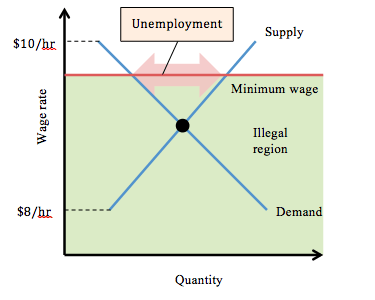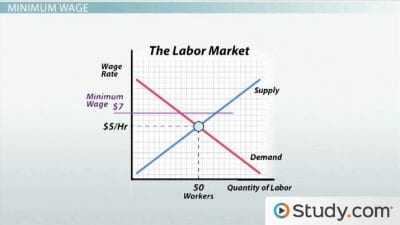The Social Security Administration was created in 1935, as part of the New Deal legislation enacted by the Roosevelt Administration. The idea was this: create a social safety net wherein older workers could retire from the workforce without the risk of going broke, and in the process create additional job openings for the unemployed masses of the Great Depression.
If it seems to you like a brilliant idea, in more ways than one, that’s because it was. It was absolute political genius.
But there was a catch.
Finding a way to pay for it.
So the government, in its infinite wisdom, kicked the proverbial can down the road. They used the present workforce to bankroll the retirement of the one about to retire. Here’s how it worked:
I receive a weekly or monthly paycheck. A portion of that paycheck, though small and almost unnoticeable, is already deducted. This is the FICA (Federal Insurance Contributions Act), or Social Security, tax. In a perfect world, the money that gets deducted from my paycheck is kept for me in government coffers until the day I retire. From that point on, I start to receive my Social Security benefits, paid for by, you guessed it, all the money I paid into the system over the years I worked.
Yet, when the system began, there were too many retirement-eligible workers who had paid nothing into the system. In order for them to receive benefits, someone had to foot the bill. Which is where the present workforce came in. The present workforce paid for the benefits of the workforce that retired before them, and the workforce which follows them pays for them. It should be, in theory, a self-sustaining system. You pay for the people who came before you, and the people who come after pay for you. That is so long as each successive generation isn’t exponentially larger than the one which follows it.
Here’s where the problem arises. The United States had, after winning World War II and in the period from 1946-1964, the Baby Boom. America produced the most populous generation of Americans in history. And now, some 54-72 years later, the present generation has to foot the bill as the Baby Boom generation leaves the workforce and enters into retirement. The problem is that the present generation is not populous enough to pay for the generation which preceded it.

There simply aren’t enough of us, and enough of our parents, to pay for the Baby Boomer retirement. It’s an unsustainable system. As the graph above demonstrates, the Social Security Administration has begun running a yearly deficit. It is paying out more in retirement benefits than it collects through tax from the present workforce. If the system goes without reform, which given the current state of American politics is entirely plausible for the foreseeable future, it will add tremendous debt to a federal budget and government already prone to deficits and debt. One unsustainable system is fueling the unsustainable nature of another.
For decades, Social Security has been called the “third rail” of American politics. That’s because it’s where all the power is, if you know how to harness it. If not, if it goes wrong, it can turn deadly. Fast.






